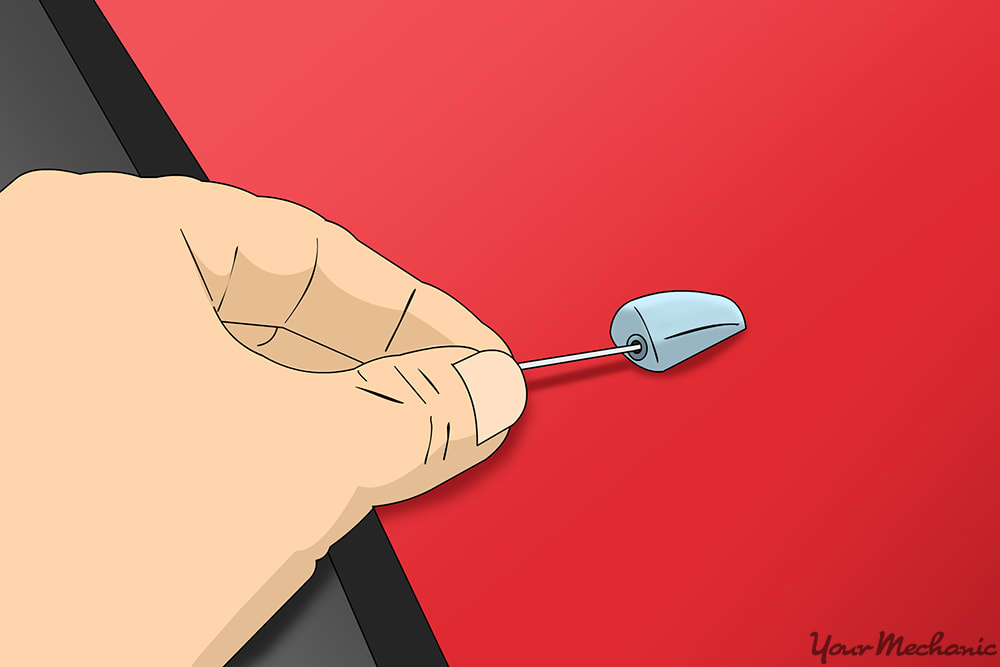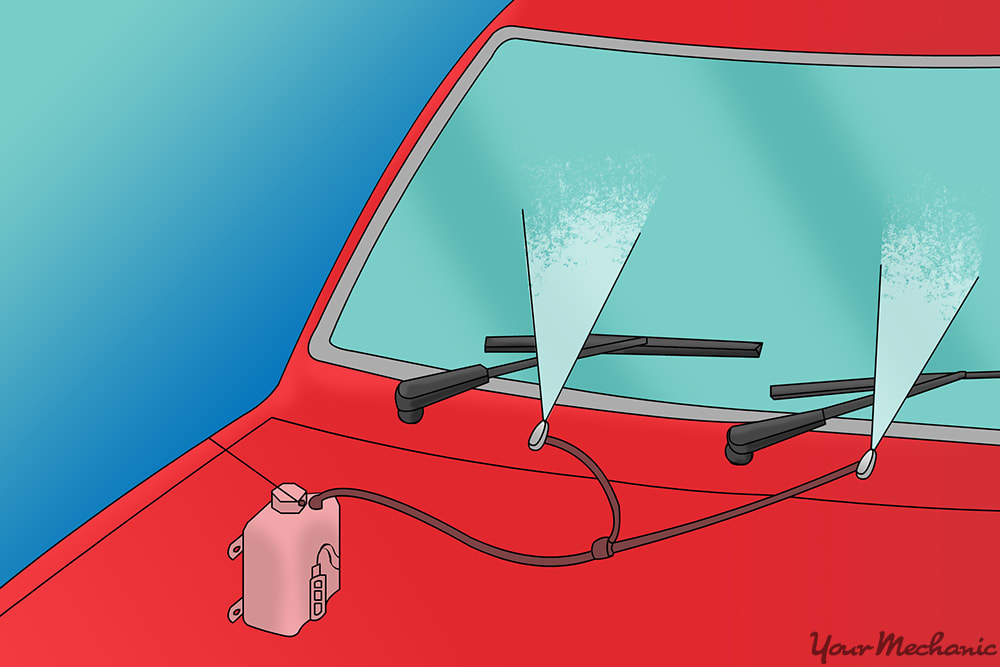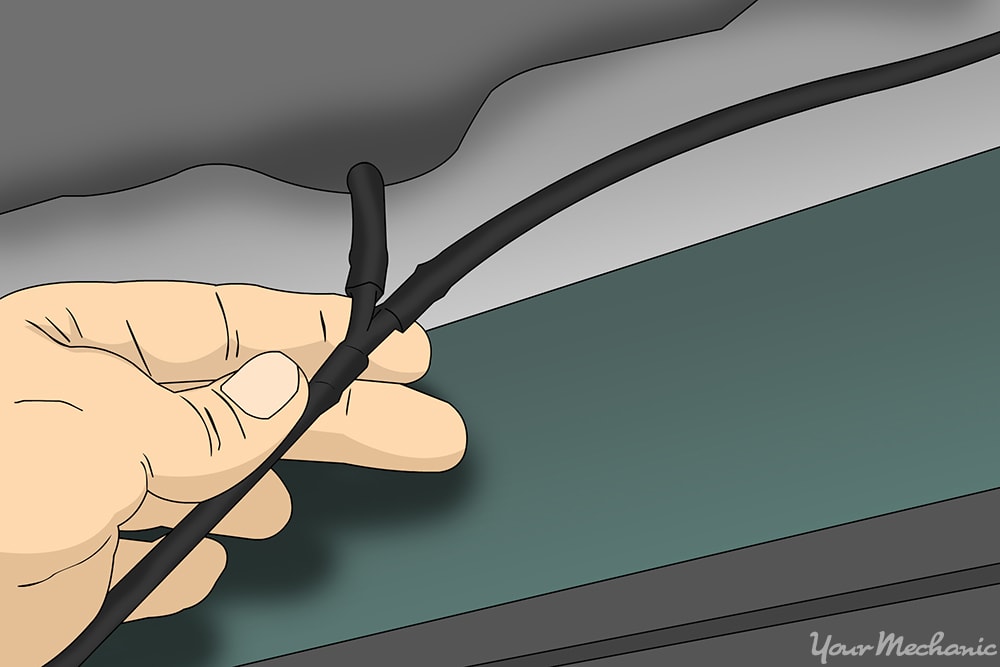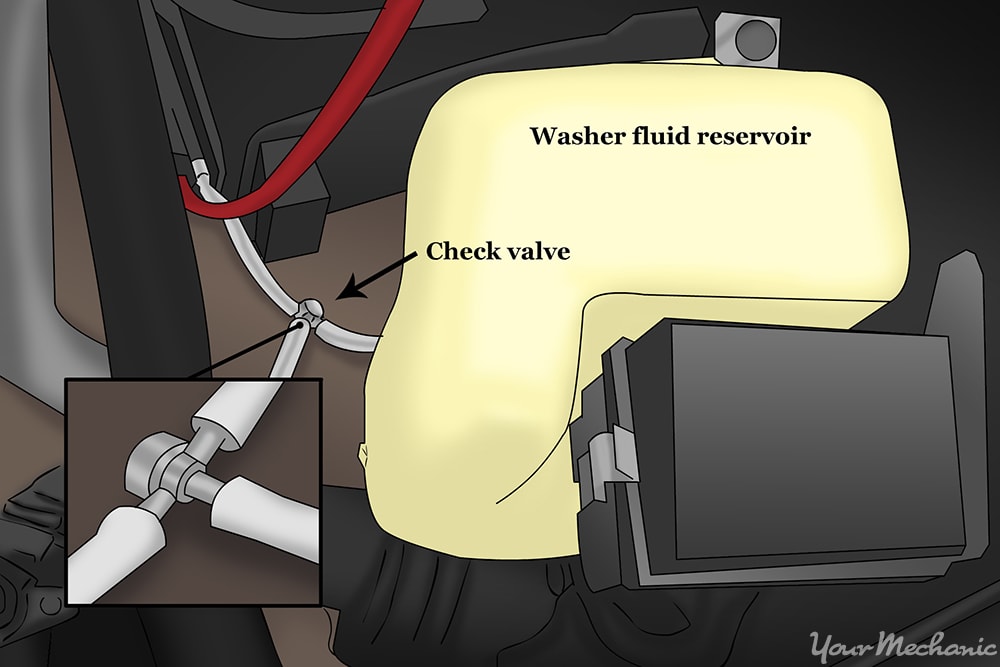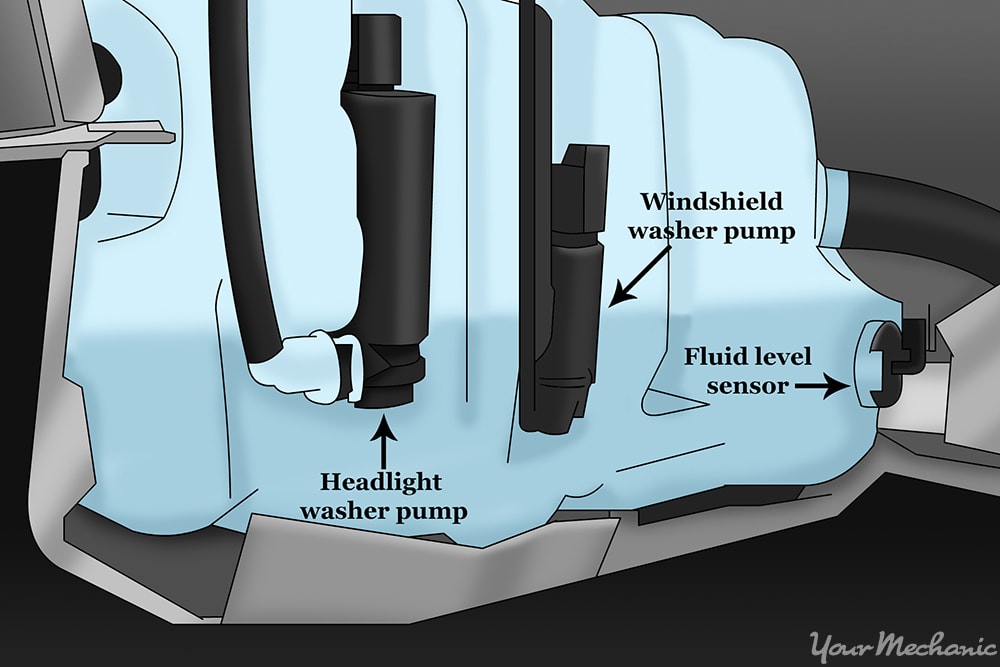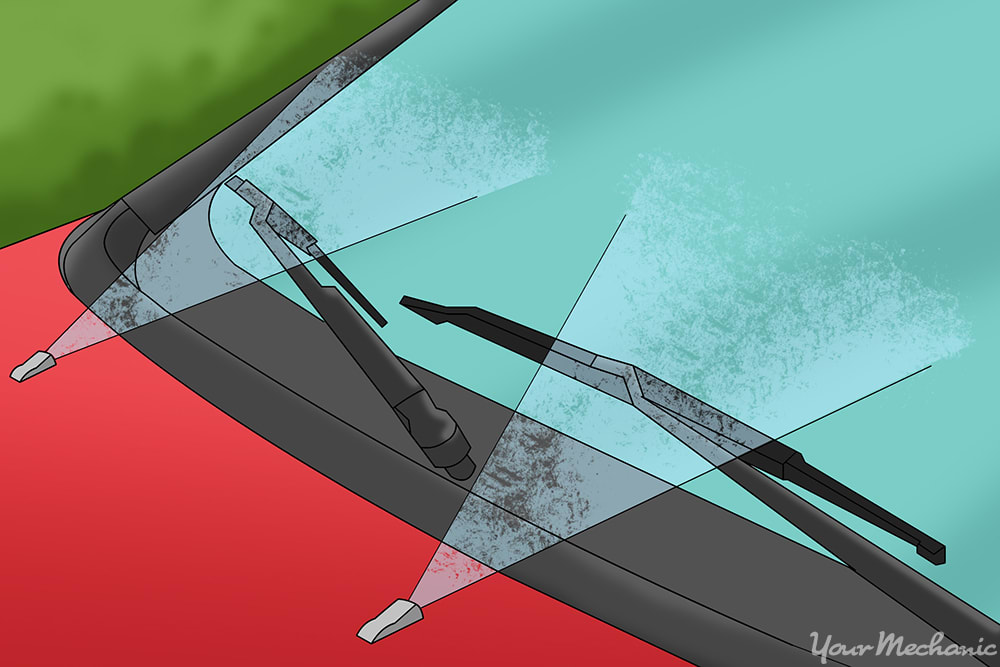

When dirt or debris lands on your windshield while driving, your immediate reaction would be to use the wiper fluid spray to clear it. If your car’s wiper fluid doesn't spray properly, it may have clogged wiper fluid nozzles or lines which is not only annoying, but potentially dangerous.
Over time, windshield wiper nozzles can be clogged by debris that accumulates on your car. While it may take a while for you to notice, regularly cleaning these nozzles can help prevent this from becoming an issue.
Wiper fluid lines rarely become clogged on their own and usually fail when pollutants or dirts is present in the wiper fluid. Sometimes, when people try to make their own wiper fluid, the mix congeals, especially in colder temperatures, causing the lines to get plugged up.
Go through the following tips on how to avoid clogs and how to repair them if they do happen.
Part 1 of 5: Examine the nozzles
In most vehicles, the nozzles are either mounted in the gap between the hood and the windshield or mounted on the trunk. In some cars, the nozzles are attached to the wipers themselves, making this kind of repair more difficult. Often, there will be tell-tale signs that a wiper fluid nozzle has become clogged. To identify the source of the problem, you should first check the windshield washer nozzles on your car for visible debris.
Step 1: Check for any large debris. Large debris like leaves or twigs can be removed easily by hand, though you may need to use tweezers or needle nose pliers to dislodge any debris that is stuck to the nozzles.
Step 2: Check for fine debris. You may have to blow out or brush out any other fine debris like dust, pollen, or sand, from all the nozzles.
If you live in a location with prevalent snowstorms, you may also have to deal with excess snow clogging the nozzle. It is important to always thoroughly clean snow off your car as a precaution for both your safety as well as the safety of other drivers.
Part 2 of 5: Clean the nozzles
After you determine what type of debris is clogging the windshield washer nozzle, you can take the one or more of the following steps to clear the nozzles.
Materials Needed
- Compressed air
- Old toothbrush or brush
- Thin wire
- Warm water
Step 1: Use compressed air to blow away debris. A clogged nozzle may be cleared by simply blowing the debris away. Using a can of condensed air, blow a concentrated stream of air into the clog and remove the debris.
Step 2: Use a toothbrush to clean the nozzles. You can also use an old toothbrush and some warm water to clean your car’s wiper fluid nozzles. Dip the brush in warm water and vigorously scrub in and around the nozzle to free any dirt and debris that may be causing the clog.
- Tip: After each step, test the wiper fluid to see if the fluid is spraying correctly.
- Tip: For more serious clogs, use a small piece of thin wire and slide it into the nozzle. You may be able to push through or pull out whatever debris is causing the clog.
Part 3 of 5: Clean the hoses
Materials Needed
- Compressed air
- Needle-nose pliers
Cleaning out the wiper fluid hoses is a more invasive process and involves removing part of the hose to access the source of the clog.
Step 1: Access the wiper fluid hoses. To do this, open the hood of the car and follow the lines running from the wiper fluid reservoir to the nozzles.
- Note: Typically, these are small black hoses, with a Y-shaped coupling that connects both the nozzles in your vehicle to the washer fluid reservoir.
Step 2: Removes the hoses from the coupling. The Y-shaped coupling has three separate hoses connected to it. Use needle nose pliers to remove the hoses from the coupling.
Once removed, you should have access to the fluid lines running to each spray nozzle.
Step 3: Blow compressed air into the hose. You can attempt to blow the clog out of the line using the compressed air. Connect a hose to the compressed air can and then use air pressure to remove the clog. Repeat the step, for the other hose.
Re-attach the hoses and try to use the wiper fluid spray to check if the clog was removed. If the spray doesn’t function properly after these steps, you may need to try other methods.
Part 4 of 5: Inspect the check valve
Materials Needed
Step 1: Look at the check valve. Some wiper fluid setups are designed with a check valve. Check valves retain fluid in the washer lines instead of allowing it to flow back into the fluid reservoir once the spray is turned off.
A check valve allows more immediate spraying of washer fluid. In a car without a check valve, it may take several seconds for the wiper fluid pump to build up enough pressure to spray the fluid onto the windshield. Though the check valve is handy, it can also become clogged, preventing the washer fluid from spraying onto the windshield.
Look at all the hoses and see if any check valves are clogged.
Step 2: Spray compressed air to clear the clog. To repair a clog in the check valve, you can attempt to remove it and spray compressed air as described above. However, if the valve cannot be removed or repaired, it may have to be replaced.
Check valves are relatively inexpensive, though the repairs may also include replacing the hoses themselves.
Part 5 of 5: Check for other issues
Step 1: Inspect the wiper fluid hose. While it can be beneficial to check your wiper fluid lines and nozzles for clogs, you should also inspect your vehicle for other issues with the washer system.
Over time, wiper fluid hoses may begin to fail, allowing wiper fluid to leak inside the engine bay. This may also explain why your wiper fluid is not spraying freely.
Step 2: Check the wiper fluid pump. Another issue that may arise is a problem with the wiper fluid pump itself.
The wiper fluid pump is connected to the fluid reservoir and is responsible for pushing the fluid through the hoses and onto the windshield. When a pump begins to fail, you may notice decreased fluid pressure and a weak stream. When a pump fails completely, the fluid may not flow at all, presenting the same symptoms as a clog.
Malfunctioning or clogged wiper fluid nozzles or lines are both annoying and potentially dangerous. Performing regular maintenance of these components will ensure their long-life and optimum functioning.
If you follow these steps, you will be able to clear up any clogs that prevent your car’s windshield washing system from functioning correctly. If you still notice problems with the windshield washer, get a professional to inspect the system thoroughly.
If there is a problem with the wiper fluid pump or the windshield washer tubes, it can be more expensive and more complicated to repair on your own. Get a certified mechanic, such as one from YourMechanic, to replace the windshield washer pump or windshield washer tubes for you.


